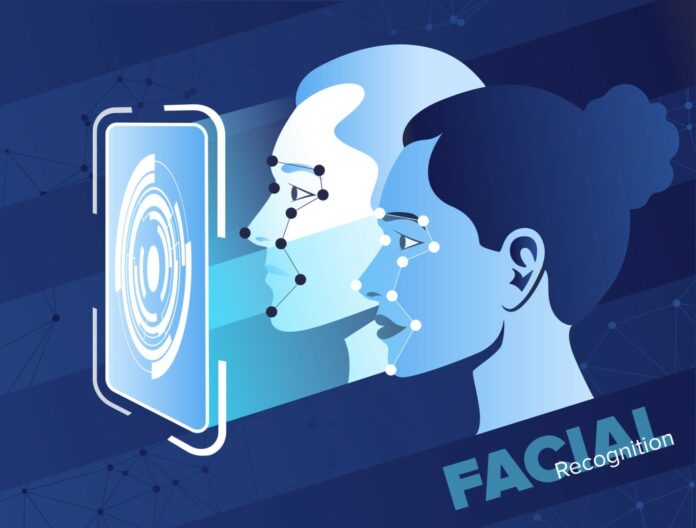Face recognition is a technology capable of identifying or verifying a subject through an image, video or any audiovisual element of his face. Generally, this identification is used to access an application, system or service.
While initially a form of computer application, facial recognition systems have seen wider uses in recent times on smartphones and in other forms of technology, such as robotics. Because computerized facial recognition involves the measurement of a human’s physiological characteristics facial recognition systems are categorized as biometrics.
How does face recognition technology work?
Facial recognition uses computer-generated filters to transform face images into numerical expressions that can be compared to determine their similarity. These filters are usually generated by using deep “learning,” which uses artificial neural networks to process data.
What technologies use face recognition?
Facial recognition software relies on machine learning technology, which requires massive data sets to “learn” to deliver accurate results. Such large data sets require robust data storage. Small and medium-sized companies may not have sufficient resources to store the required data.
Who has the best facial recognition technology?
- Amazon Rekognition
- Betaface
- BioID
- Cognitec
- DeepVision AI
- Face++
- FaceFirst
- Kairos
Which algorithm is best for face recognition?
- Convolutional Neural Network (CNN).
- Eigenfaces.
- Fisherfaces.
- Kernel Methods: PCA and SVM.
- Haar Cascades.
- Three-Dimensional Recognition.
- Skin Texture Analysis.
- Thermal Cameras.
How much does facial recognition technology cost?
Like other biometric technologies, facial recognition system prices have fallen rapidly. Visionics estimates that a bank can add the capability for less than 10 cents per transaction. In a corporate setting, costs range from about $50 to $70 per seat.
Why is facial recognition technology important?
Law enforcement is one of the key industries we work with at NEC and the use of facial recognition technology is already allowing police and security agencies to process videos and images from multiple sources, including body-worn, mobile, and in-vehicle cameras to identify persons of interest quickly and effectively.
Why face recognition should be banned?
Facial recognition systems are a form of mass surveillance that violate the right to privacy and threaten the rights to freedom of peaceful assembly and expression.
How can I identify a face from a picture?
- Reverse Face Search-Click the camera icon to search by image. You can either paste the image URL or upload an image and Google will find similar images.
- Face Recognition-PicTriev goes one step further by actually searching for similar faces.
- Reverse Image Search-TinEye’s reverse image search works almost like Google. You can upload an image or paste a URL and search for it. TinEye does not support any more search operators, making it both simpler and basic.
- Face Search-Similar to Google’s reverse face search, PimEyes uses images and face recognition to search for similar faces on over 10 million websites. The demos using celebrity faces like Angelina Jolie or Zac Efron look promising.
- Facial Recognition Demo-Betaface offers a facial recognition search similar to PicTriev’s photo identification. You can upload an image or send the image URL and the face search engine will isolate and characterize all the faces it can identify in the photo.
Is facial recognition technology accurate?
According to research published in April 2020 by the Center for Strategic and International Studies (CSIS), FRT systems have nearly absolute precision in ideal conditions, reaching a 99.97% recognition accuracy level.





